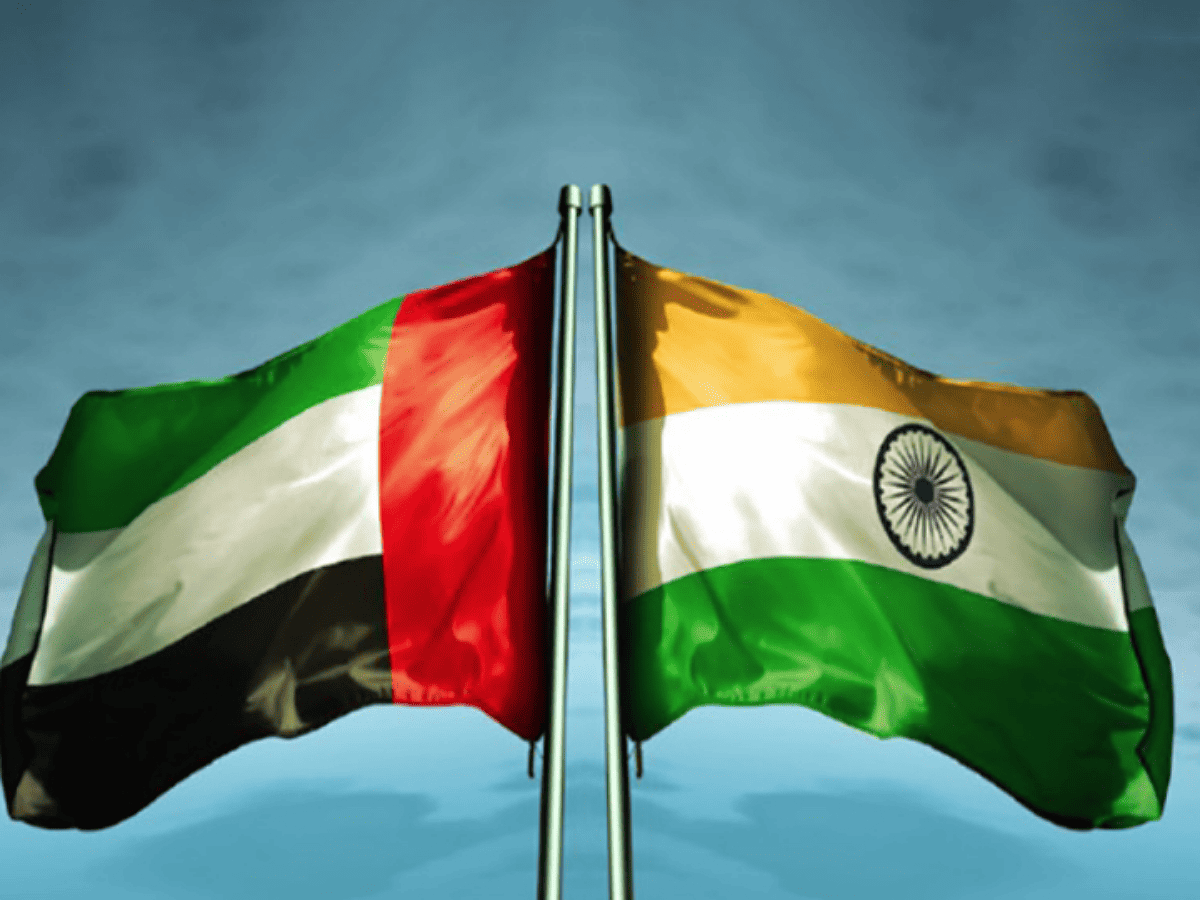
India is slowly slipping out of the sphere of dollar dominated international economy by initiating a kind of parallel economy – country to country direct trade linkages with local currencies.
Actually, international sanctions placed on Russia by the USA led to a situation where countries like India to continue international trading had to defiantly take oil from their old partner Russia. India started paying Russia in rupees for the oil, which Russia accepted (already in a dire state due to many western powers not taking oil from Russia due to its aggression of Ukraine) and also gave crude oil to India at a discounted price.
Similarly with nearly 18 nations, India started allowing them to trade with India in Indian rupees in exchange for their own local currency.
This naturally began to affect the dominance of the dollar on international oil trade as earlier most oil deals used to take place in the dollar.
In this context, a major development took place recently when India and UAE inked a pact to trade with each other with local currencies like Rupee and Dirham.
A Memorandum of Understanding in this regard was signed by the Reserve Bank of India (RBI) and the Central Bank of UAE (CBUAE) in Abu Dhabi during the recent visit of Indian Prime Minister Narendra Modi, in the presence of UAE President Sheikh Mohamed Bin Zayed Al Nahyan.
Besides both the countries have decided to cooperate on interlinking their payment and messaging systems. The MoUs were signed by the Governor of the Reserve Bank of India, Shri Shaktikanta Das, and the Governor of the Central Bank of UAE, H.E. Khaled Mohamed Balama.
These MOUs will pave the way for significant changes in the trading modality between both countries.
A Local Currency Settlement System (LCSS) will be devised and put in place to promote the use of INR and AED bilaterally.
The LCSS will cover both current account transactions as also capital account transactions.
In a great leap forward it would help exporters and importers in both countries to invoice and pay in their respective domestic currencies, which in turn would not only enable the development of an INR-AED foreign exchange market, it will strengthen the local currencies of the rupee and dirham by protecting them both from the risk of exchange rate fluctuations, as both currencies were tied to the US dollar. The value of Rupee or Dirham used to be fixed to the fluctuating exchange rate of the dollar for partaking in any international trade.
In this context, we must keep in mind that Dirham to Rupee exchange rate today is 1 United Aram Emirates Dirham equals Rs. 22.35, compared to say 1 USD equals 82.08 rupees.
Bypassing the dollar is expected to lead to greater investments and remittances between the two countries.
It has also been decided by the two central banks to link their Fast Payment Systems (FPSs) – Unified Payments Interface (UPI) of India with the Instant Payment Platform (IPP) of UAE, and also link Card Switches like RuPay switch and UAE SWITCH.
The biggest advantage would be that users in either country will be able to make fast, safe, and cost-effective cross-border funds transfers.
The linking of Card Switches will help in the mutual acceptance of domestic cards and the processing of card transactions.
It would lead to a quantum jump in business and financial transactions in both countries which would become virtually seamless, boosting greater economic cooperation.
The biggest advantage would be of course that India would be able to cut its transaction costs by eliminating the use of dollars for conversions thus making huge savings.
One must remember that UAE is a major oil exporter and a Member of the Organization of the Petroleum Exporting Countries, while India is the world’s third biggest oil importer and consumer.
India which used to pay UAE in dollars for its oil purchase will now be paying it in rupees. India could make its first rupee payment for UAE oil to Abu Dhabi National Oil Co (ADNOC).
The bilateral trade between the two countries was USD84.5 billion in the year from April 2022 to March 2023.
This alternative financial trading arrangement against the dollar-dominated trade will definitely cut down unnecessary transaction costs, which at times were huge.
The bilateral trade between India and UAE is projected to reach USD 250 billion by 2030.
In its attempt to move away from dollar dominated economy India has allowed banks in 18 countries to open Special Vostro Rupee Accounts (SVRAs) for settling payments in Indian rupees.
The 18 nations are Botswana, Fiji, Germany, Guyana, Israel, Kenya, Malaysia, Mauritius, Myanmar, New Zealand, Oman, Russia, Seychelles, Singapore, Sri Lanka, Tanzania, Uganda and the United Kingdom.
Naturally, Russia allowing international oil trade in local currencies is leading the process of “de-dollarisation”.
For India de dollarisation would help boost its exports as it allows trade in local currency with the RBI guidelines coming in place for invoicing, payment, and settlement of exports/imports in Indian rupees.
In the sanctions regime limiting international trade India came out with procedures for international trade settlement in rupees.
The recent two agreements with UAE will enable “seamless cross-border transactions and payments”.



